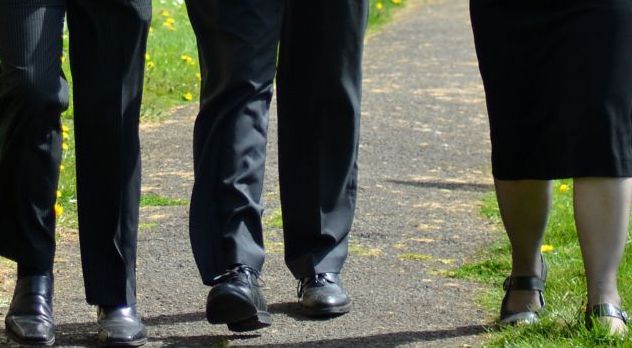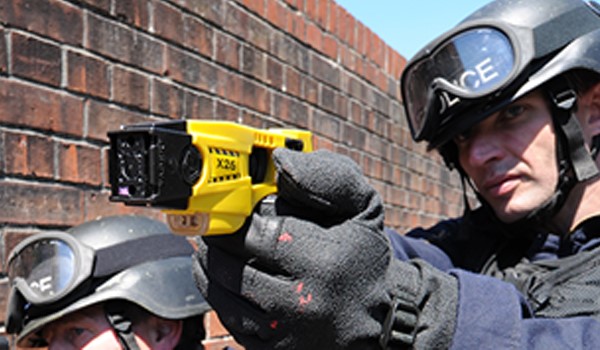AI footstep recognition system could be used for airport security, study finds
Criminals may soon be identified at airports by how they walk, researchers have discovered.
The non-intrusive technology identifies a person’s gait, and using state-of-the-art artificial intelligence behavioural biometrics could soon work in just the same way as fingerprinting and eye-scanning techniques.
The system verifies an individual simply by them stepping on a pressure pad built into the floor and analysing the footstep 3D and time-based data. Shoes do not need to be taken off.
The results published in the IEEE Transactions on Pattern Analysis and Machine Intelligence showed that, on average, the AI system correctly identified an individual almost 100 per cent of the time with just a 0.7 per cent error rate.
Physical biometrics, such as fingerprints, facial recognition and retinal scans, are currently more commonly used for security purposes.
However, so-called behavioural biometrics, such as gait recognition, also capture unique signatures delivered by a person’s natural behavioural and movement patterns.
The team, from the University of Manchester and the Universidad Autónoma de Madrid, tested its data by using a large number of so-called ‘impostors’ and a small number of users in three different real-world security scenarios – airport security checkpoints, the workplace, and the home environment.
“Each human has approximately 24 different factors and movements when walking, resulting in every individual person having a unique, singular walking pattern,” said lead researcher Omar Costilla Reyes from Manchester’s School of School of Electrical and Electronic Engineering.
“Therefore monitoring these movements can be used, like a fingerprint or retinal scan, to recognise and clearly identify or verify an individual.”
To create the AI system that computers need to learn such movements patterns, the team used SfootBD – the largest footstep database in history – containing nearly 20,000 footstep signals from 127 different individuals. This claims an improvement ratio of 371 per cent from previous state-of-the-art.
To compile the samples and dataset the team used floor-only sensors and high-resolution cameras.
Mr Reyes added: “Focusing on non-intrusive gait recognition by monitoring the force exerted on the floor during a footstep is very challenging.
“That’s because distinguishing between the subtle variations from person to person is extremely difficult to define manually, that is why we had to come up with a novel AI system to solve this challenge from a new perspective.”
One of the key benefits of using footstep recognition is, unlike being filmed or scanned at an airport, the process is non-intrusive for the individual and resilient to noise environmental conditions. The person does not even need to remove their footwear when walking on the pressure pads as it is not based on the foot shape itself but with their gait.
Apart from security, other applications for the technology include smart steps that could recognise neuro degeneration which could have positive implications in the healthcare sector.







